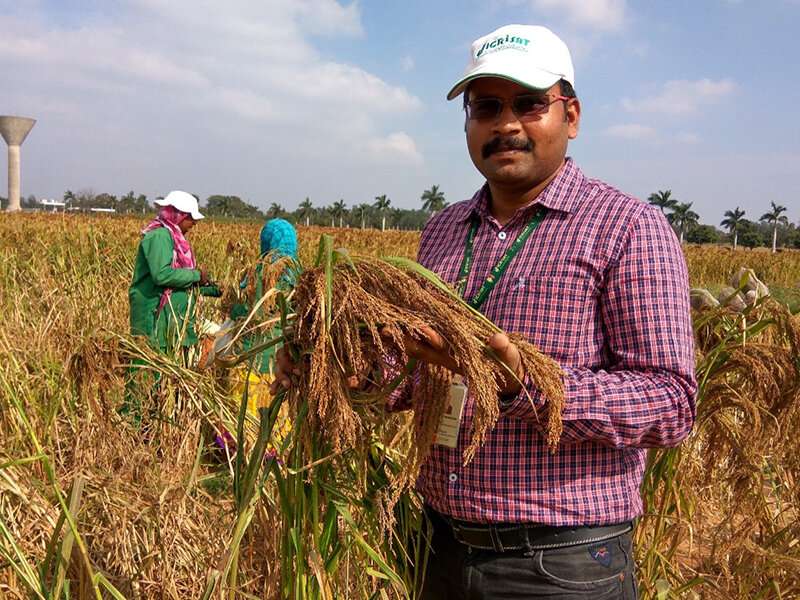Read full article By Eric Hamilton @ Phys.org Photo Credit: Cetriventhan Mani, ICRISAT
Since humans began cultivating the land, we’ve prioritized one type of crop above all others: grain. With high amounts of minerals, protein, and vitamins, cereal grains form the foundation of diets worldwide.
But while our ancestors grew many different kinds of grains, today only a few reign supreme. Corn, wheat and rice dominate modern agriculture. And they provide about 60% of the calories humans eat worldwide.
Yet many other grains are available. They can serve important roles, such as hedging against climate change and providing farmers with diverse sources of income. One such grain, known mainly in India, is called little millet.
“Little millet grains are versatile and taste similar to rice, and can easily be incorporated into existing rice or maize-based recipes,” says Mani Vetriventhan, a scientist at the International Crops Research Institute for the Semi-Arid Tropics in India. “It is a good alternative staple in cereal-based diets, particularly in a changing climate.”
Little millet production fell from the 1950s to the early 21st century. “The decline in consumption is mainly due to a major shift in diet preferences from traditional millets to rice, wheat, maize and other commercial crops,” explains Vetriventhan.
But that’s changing. “Currently, the demand for little millet and other small millets has increased, underlining the need for more research and policy support,” Vetriventhan adds.
To help farmers decide which varieties of little millet to grow, Vetriventhan and his colleagues grew and studied 200 different types of the grain for yield and nutrient potential.

